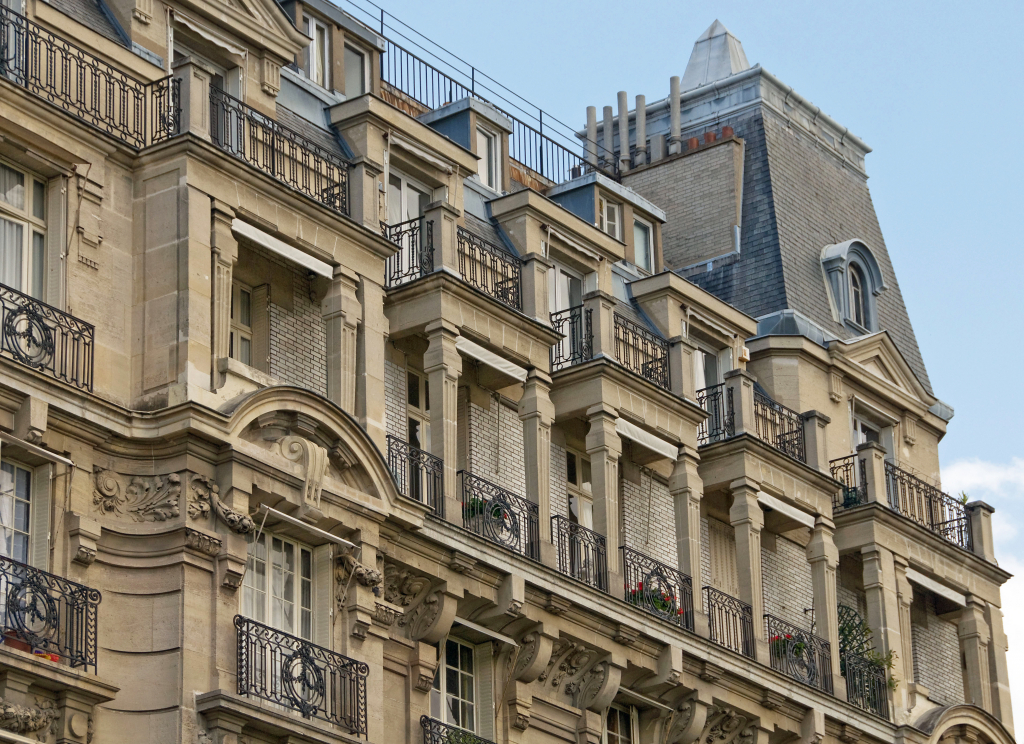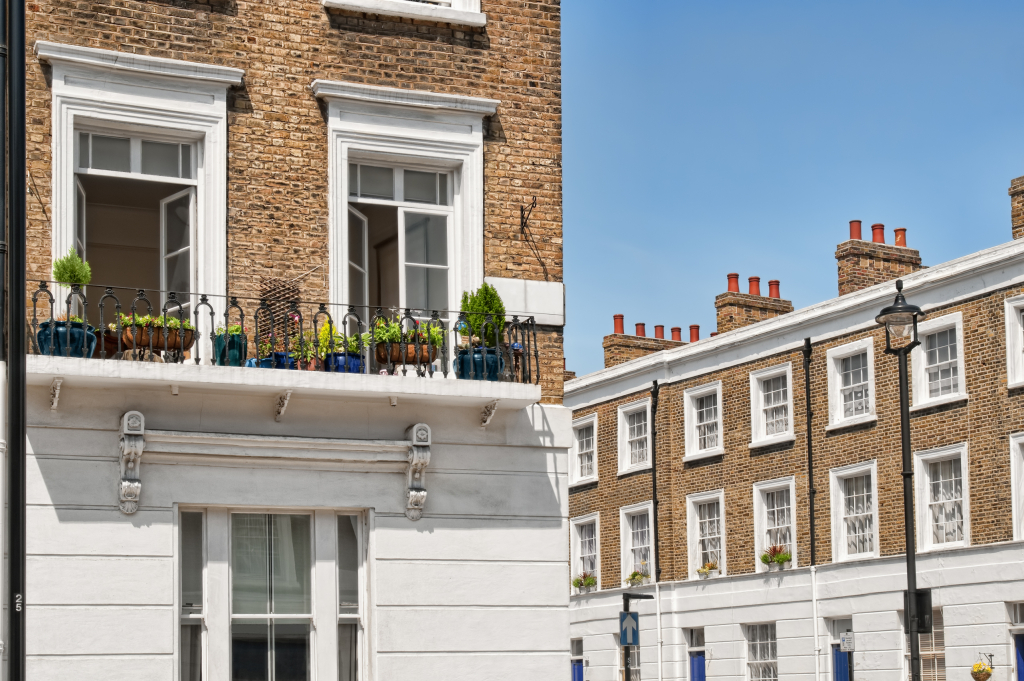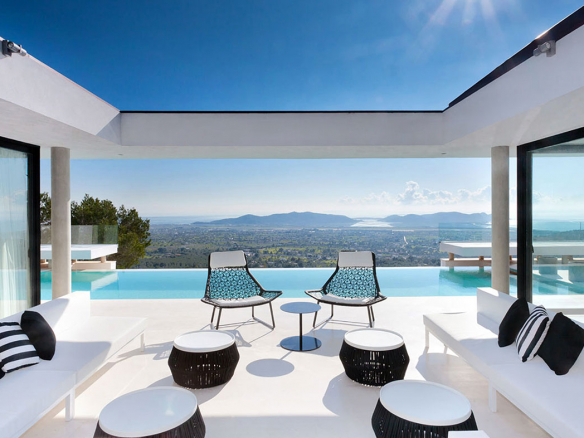In today’s world, marked by increased freedom, remote working, and flexibility, the concept of primary residences has evolved alongside changing workplace dynamics. It’s a perfect moment to rethink the potential of pied-à-terre for sale.
Traditionally, a pied-à-terre referred to a compact, utilitarian apartment that provided its owners with a home base right in the heart of urban activity. Whether it was the bustling office during the day or the vibrant restaurants and theaters at night, a pied-à-terre offered its owners a strategic foothold in the city, ideal for business, leisure, or weekend getaways.
However, this is just one facet of the term “pied-à-terre.” Often, it signifies a secondary residence that functions as a sanctuary, a place of rejuvenation, and a doorway to fresh adventures and opportunities. In an era where commuting is no longer a necessity, where the workspace has extended into our homes, and where full-time residence choices have diversified to include suburbs and vacation destinations, it’s prudent to reconsider where you might wish to maintain your figurative “foot on the ground.”
What is a pied-à-terre?

Originating from the French term “foot on the ground,” a pied-à-terre traditionally denotes a compact and practical apartment, typically situated in a major urban area, that serves as a secondary residence, often at a considerable distance from the individual’s primary home. In contemporary usage, this charming phrase is occasionally employed to describe a second home or a vacation retreat.
The name pied-à-terre is derived from the complete expression “mettre pied à terre,” which translates to “to dismount.” During the 1700s, the French cavalry, upon dismounting their horses at the end of the day, would be accommodated in temporary lodgings, and over time, this evolved into the term pied-à-terre, specifically referring to real estate.
A classic pied-à-terre is typically utilized intermittently, often by a person of means. Individuals acquire such properties for a variety of purposes. For instance, those residing in rural areas may desire a city residence to facilitate attendance at cultural events and shopping. Some purchase pied-à-terres for the convenience of proximity to their workplace, commuting to their primary residence during weekends. In college towns, parents frequently invest in them to be near their children while they attend school.
A pied-à-terre with minimal maintenance requirements and a plethora of building amenities can offer an appealing solution to some of the challenges associated with homeownership.
Where best in Europe to buy a Pied-a-Terre?

The ideal location to buy a pied-à-terre in Europe depends on your personal preferences, needs, and budget. Europe offers a wide range of beautiful cities and regions where you can find pied-à-terre properties. Here are some popular options:
- Paris, France: Paris is often considered the ultimate pied-à-terre destination. Its iconic neighborhoods like Le Marais, Saint-Germain-des-Prés, and the 7th arrondissement offer a mix of culture, history, and world-class cuisine.
- London, United Kingdom: London’s diverse neighborhoods, such as Kensington, Chelsea, and Mayfair, are highly sought after for pied-à-terre properties. The city offers a rich cultural scene and excellent transportation connections.
- Rome, Italy: Owning a pied-à-terre in the heart of Rome allows you to explore its ancient history and vibrant culture. The areas around the Spanish Steps and Trastevere are popular choices.
- Barcelona, Spain: Barcelona offers a unique blend of modernity and tradition. The Eixample district and the Gothic Quarter are appealing locations for pied-à-terre investments.
- Lisbon, Portugal: Lisbon is known for its affordability compared to some other European cities. The neighborhoods of Chiado, Bairro Alto, and Alfama are popular choices for pied-à-terres.
- Amsterdam, Netherlands: Amsterdam’s picturesque canals and historic neighborhoods make it an attractive option. Areas like the Jordaan and De Pijp are worth considering.
- Vienna, Austria: Vienna is renowned for its cultural heritage and quality of life. The Inner City (Innere Stadt) and the districts along the Ringstrasse are prime locations for pied-à-terre properties.
- Nice, France: Located on the French Riviera, Nice offers beautiful Mediterranean views and a pleasant climate. The Promenade des Anglais and the Old Town are desirable areas.
- Prague, Czech Republic: Prague is known for its historic charm. The Lesser Town (Mala Strana) and Old Town (Stare Mesto) are popular choices for pied-à-terres.
- Dubrovnik, Croatia: For those seeking a coastal pied-à-terre, Dubrovnik on the Adriatic Sea is a stunning option. The Old Town is particularly attractive.
What are the Benefits of an Urban Pied-à-Terre

Owning an urban pied-à-terre, which is a secondary residence in a city, can offer several benefits, making it an attractive investment for those who can afford it. Here are some of the advantages:
- Convenience: An urban pied-à-terre provides a convenient place to stay when you need to be in the city for work, meetings, or events. It eliminates the need for booking hotels and allows you to have a consistent, comfortable place to stay.
- Access to City Amenities: By owning a pied-à-terre in the city, you gain access to all the amenities and cultural offerings the urban environment has to offer. This includes fine dining, theaters, museums, and shopping, all within easy reach.
- Reduced Commute: For individuals who work in the city but live in the suburbs or a nearby town, a pied-à-terre can significantly reduce commuting time and stress. You can spend weekdays in the city and return home on weekends.
- Flexibility: Owning a pied-à-terre provides flexibility in your lifestyle. You can choose when to use it, whether it’s for work, leisure, or a combination of both. You have control over your time in the city.
- Potential Investment: Depending on the location, an urban pied-à-terre can appreciate in value over time, potentially serving as a long-term real estate investment. You may also have the option to rent it out when you’re not using it, generating rental income.
- Networking Opportunities: Being closer to your workplace or industry events in the city can provide better networking opportunities. You can attend events, meetings, and social gatherings more easily.
- Cultural Enrichment: Living in the heart of a city allows you to immerse yourself in its culture and lifestyle. You can explore local traditions, art, and entertainment at your leisure.
- Reduced Travel Stress: If you frequently travel to a particular city for business or leisure, having a pied-à-terre eliminates the hassles of packing, checking in and out of hotels, and dealing with unpredictable accommodations.
- Increased Productivity: For professionals who work in the city periodically, having a pied-à-terre can lead to increased productivity as you have a dedicated space to work and focus.
- Home Away from Home: Your pied-à-terre can become a home away from home, a comfortable and familiar place to stay in the city, which can reduce the stress of traveling.
It’s important to note that owning an urban pied-à-terre also comes with expenses such as property maintenance, taxes, and potentially higher initial costs, so it’s essential to carefully consider your financial situation and lifestyle needs before making this investment.
What are the disadvantages of owning a Pied-a-Terre?
While owning a pied-à-terre in an urban area can offer many benefits, it also comes with its own set of disadvantages and challenges. Here are some of the potential downsides:
- Cost: Pied-à-Terre properties in prime urban locations can be expensive, not only in terms of the purchase price but also regarding property taxes, maintenance fees, and other associated costs. Owning a second property can strain your finances.
- Upkeep: Maintaining two residences requires time, effort, and potentially additional expenses. You’ll need to take care of routine maintenance, repairs, and any necessary renovations in both your primary residence and the pied-à-terre.
- Property Management: If you’re not living in the city full-time, you may need to hire a property management company to oversee the pied-à-terre, handle rentals (if applicable), and ensure it’s well-maintained. This adds to the ongoing expenses.
- Empty Periods: When you’re not using the pied-à-terre, it may sit vacant, leading to underutilization and potential security concerns. You’ll need to consider how to secure and maintain the property during these periods.
- Legal and Tax Implications: Owning property in a different jurisdiction may have legal and tax implications. You may need to deal with local property laws, tax regulations, and potentially even estate planning issues.
- Limited privacy: If you’re in a condominium or apartment building, you’ll be in close proximity to neighbors, potentially sacrificing some privacy compared to a single-family home.
- Rental Restrictions: Some buildings or areas have restrictions on short-term rentals (like Airbnb), limiting your ability to generate rental income when you’re not using the pied-à-terre.
- Market Volatility: Real estate markets can be volatile. The value of your pied-à-terre may fluctuate, potentially leading to financial losses if you need to sell during a market downturn.
- Travel Time: If your pied-à-terre is located far from your primary residence, you’ll need to invest time and effort in travel, which can be inconvenient, especially if it’s a frequent occurrence.
- Commitment: Owning a pied-à-terre is a long-term commitment. You may find that your needs or preferences change over time, and it may be challenging to divest from the property.
- Environmental Impact: Maintaining two residences can have an environmental impact, as it often requires more energy and resources than living in a single home.
- Market Conditions: The real estate market in urban areas can be competitive and subject to rapid changes. Timing your purchase or sale to align with favorable market conditions can be challenging
FAQs about Pied-a-Terre
Frequently Asked Questions (FAQs) About Pied-à-Terre:
- What is a pied-à-terre?
- A pied-à-terre is a secondary residence, typically located in an urban area, that serves as a part-time or occasional home, distinct from one’s primary residence.
- Why would someone want a pied-à-terre?
- People may desire a pied-à-terre for convenience, access to city amenities, reduced commute times, flexibility in city living, and potential investment opportunities.
- What are the benefits of owning a pied-à-terre?
- Benefits include convenience, access to city life, reduced commuting, flexibility, investment potential, networking opportunities, cultural enrichment, and reduced travel stress.
- What are the disadvantages of owning a pied-à-terre?
- Disadvantages may include the cost of purchase and upkeep, property management, vacant periods, legal and tax implications, limited privacy, rental restrictions, market volatility, travel time, long-term commitment, and environmental impact.
- Where are popular locations to buy a pied-à-terre in Europe?
- Popular locations include Paris, London, Rome, Barcelona, Lisbon, Amsterdam, Vienna, Nice, Prague, and Dubrovnik, among others.
- How can I finance the purchase of a pied-à-terre?
- Financing options include using personal savings, obtaining a mortgage or home equity loan, leveraging investment assets, or considering co-ownership with others.
- What should I consider when choosing a pied-à-terre location?
- Factors to consider include proximity to work or attractions, budget, neighborhood safety, accessibility, local amenities, and potential for property appreciation.
- Can I rent out my pied-à-terre when I’m not using it?
- Whether you can rent out your pied-à-terre depends on local regulations, building rules, and your own preferences. Some areas have restrictions on short-term rentals.
- What legal and tax considerations should I be aware of when owning a pied-à-terre?
- Legal and tax implications can vary significantly depending on the location. It’s essential to consult with legal and financial experts to understand these aspects fully.
- How can I secure my pied-à-terre when I’m not there?
- Security measures may include using advanced locks, and security systems, hiring property management, or having trustworthy neighbors keep an eye on the property.
- Is owning a pied-à-terre a good investment?
- Whether a pied-à-terre is a good investment depends on factors like property appreciation, rental income potential, and personal financial goals. It’s advisable to conduct a thorough financial analysis.
- Can I use a pied-à-terre for tax deductions?
- Tax deductions for a pied-à-terre can vary by jurisdiction and how the property is used. Consult with a tax professional to understand the tax implications and potential deductions.
Pied-a-Terre For Sale Paris
A good example of a typical Pied-a-Terre





